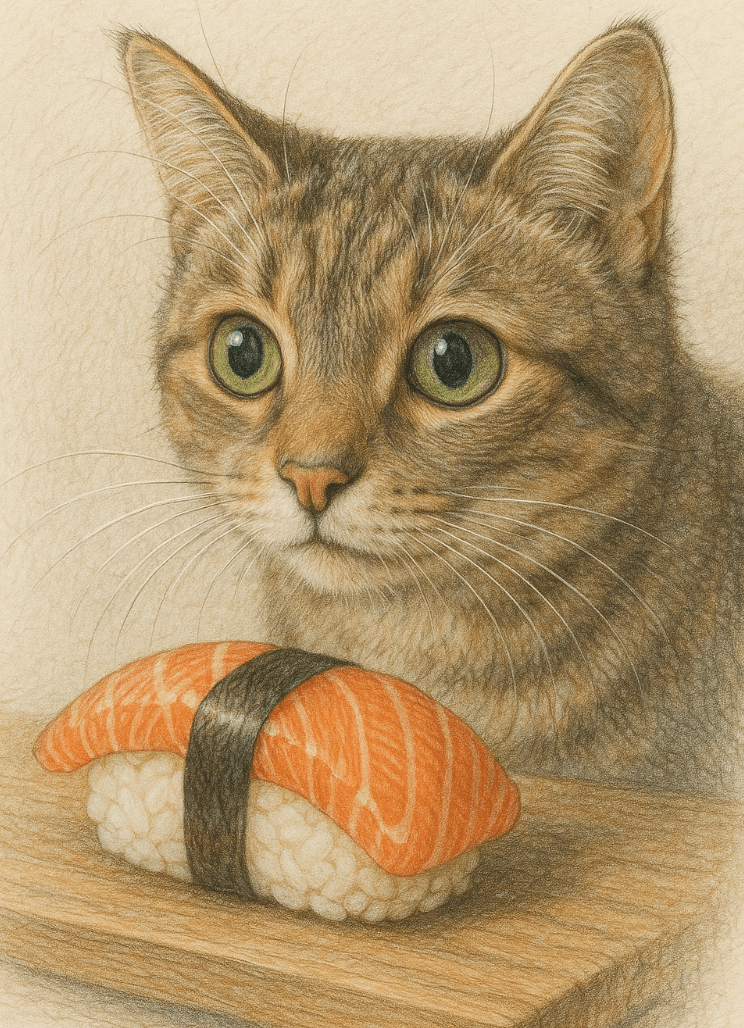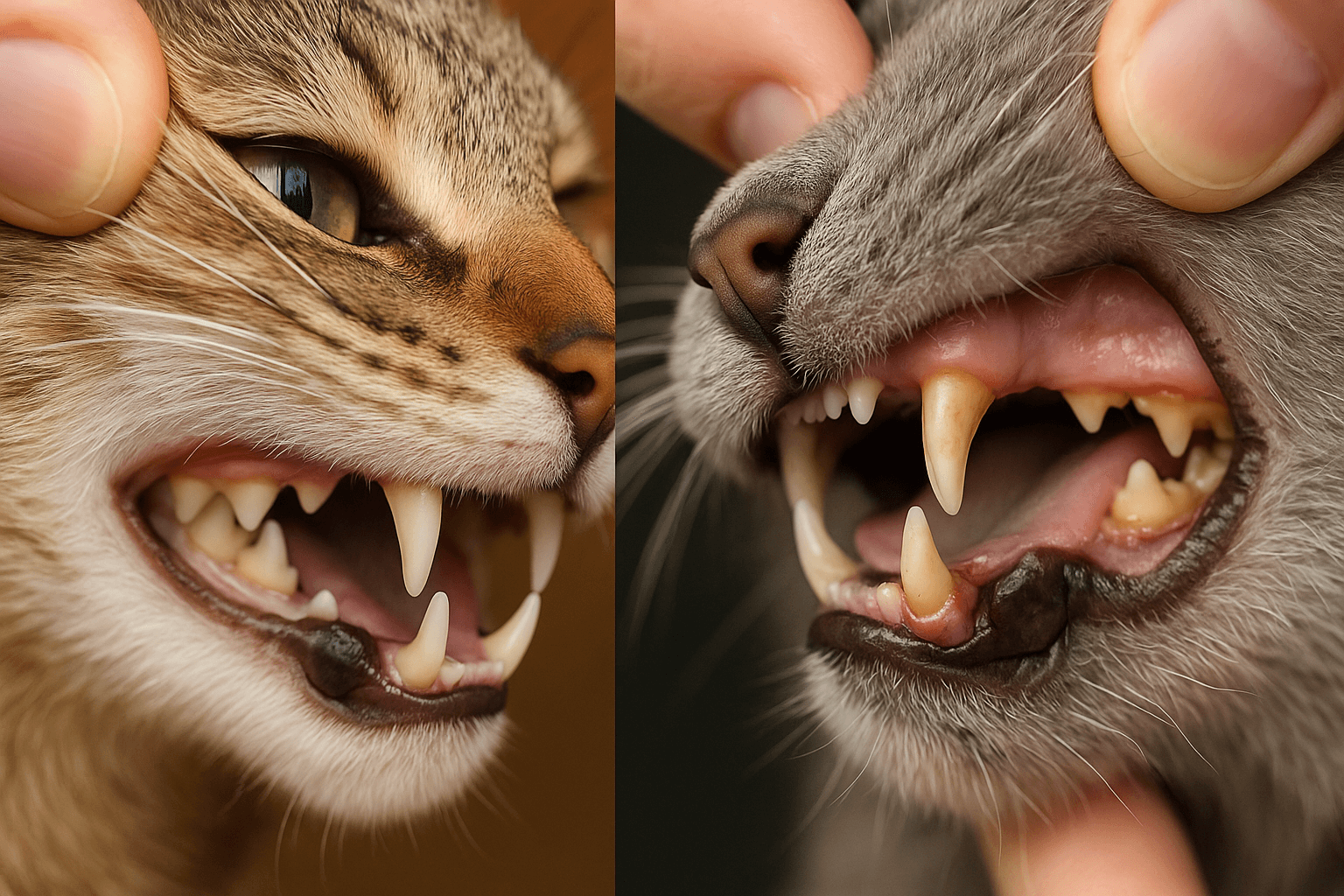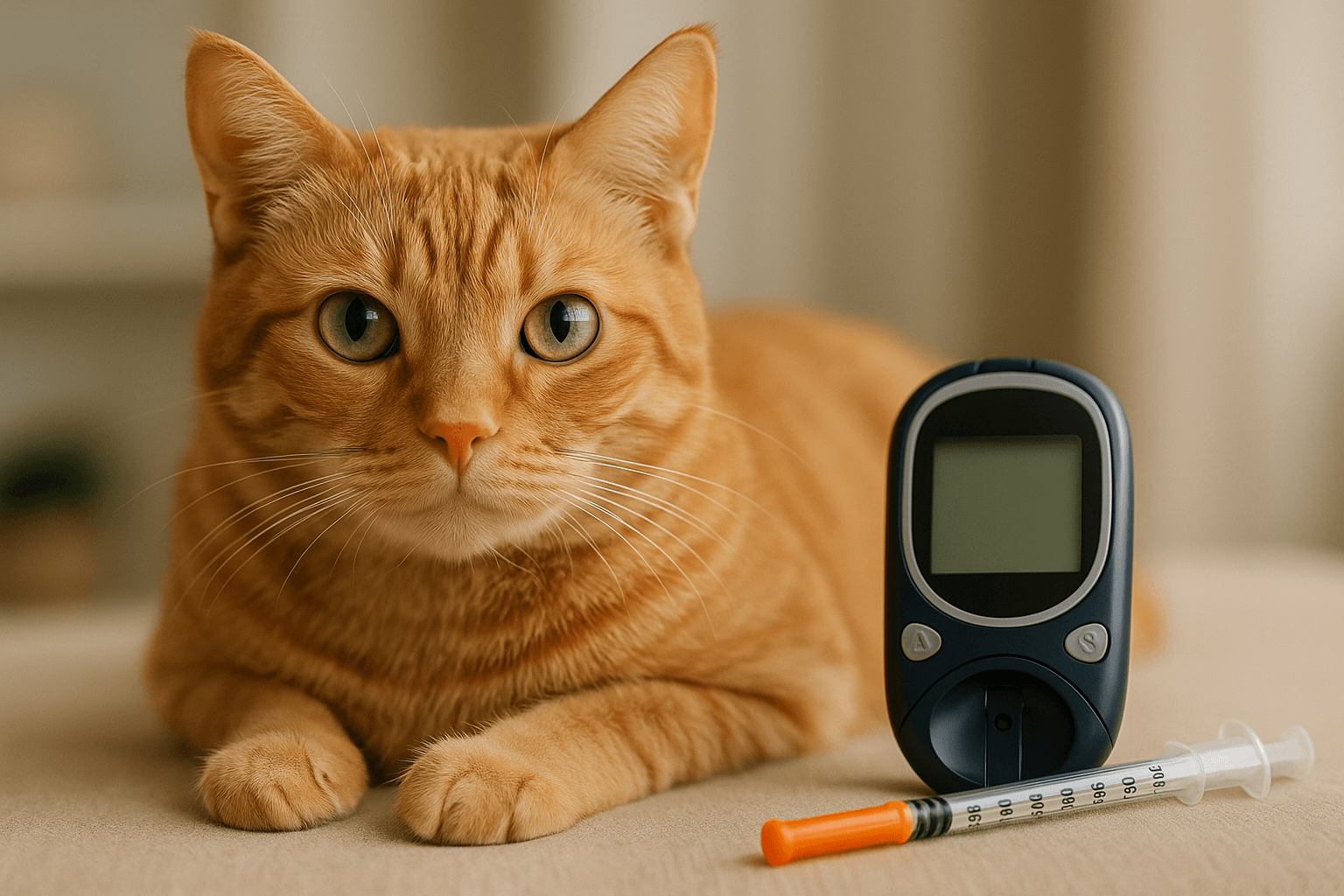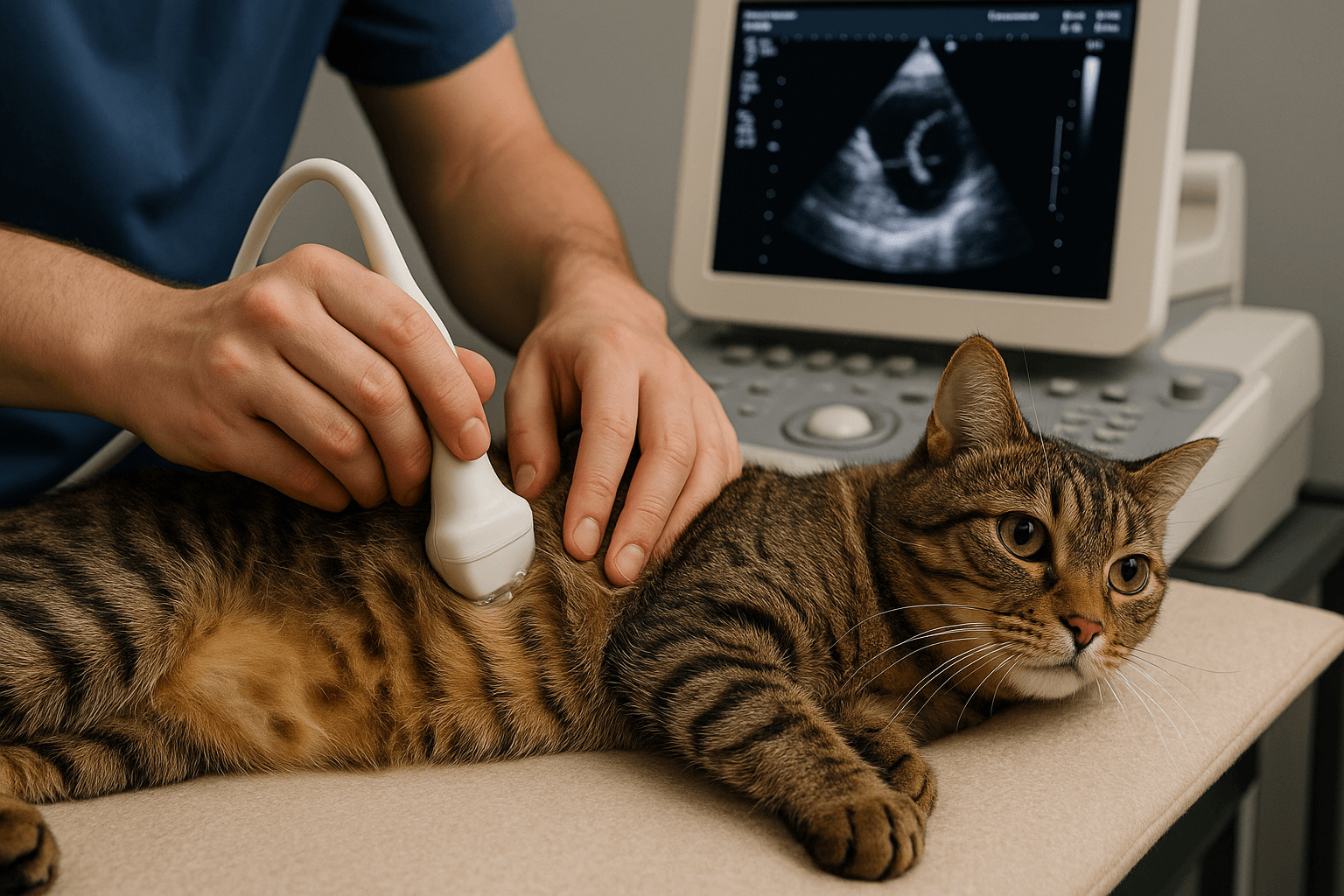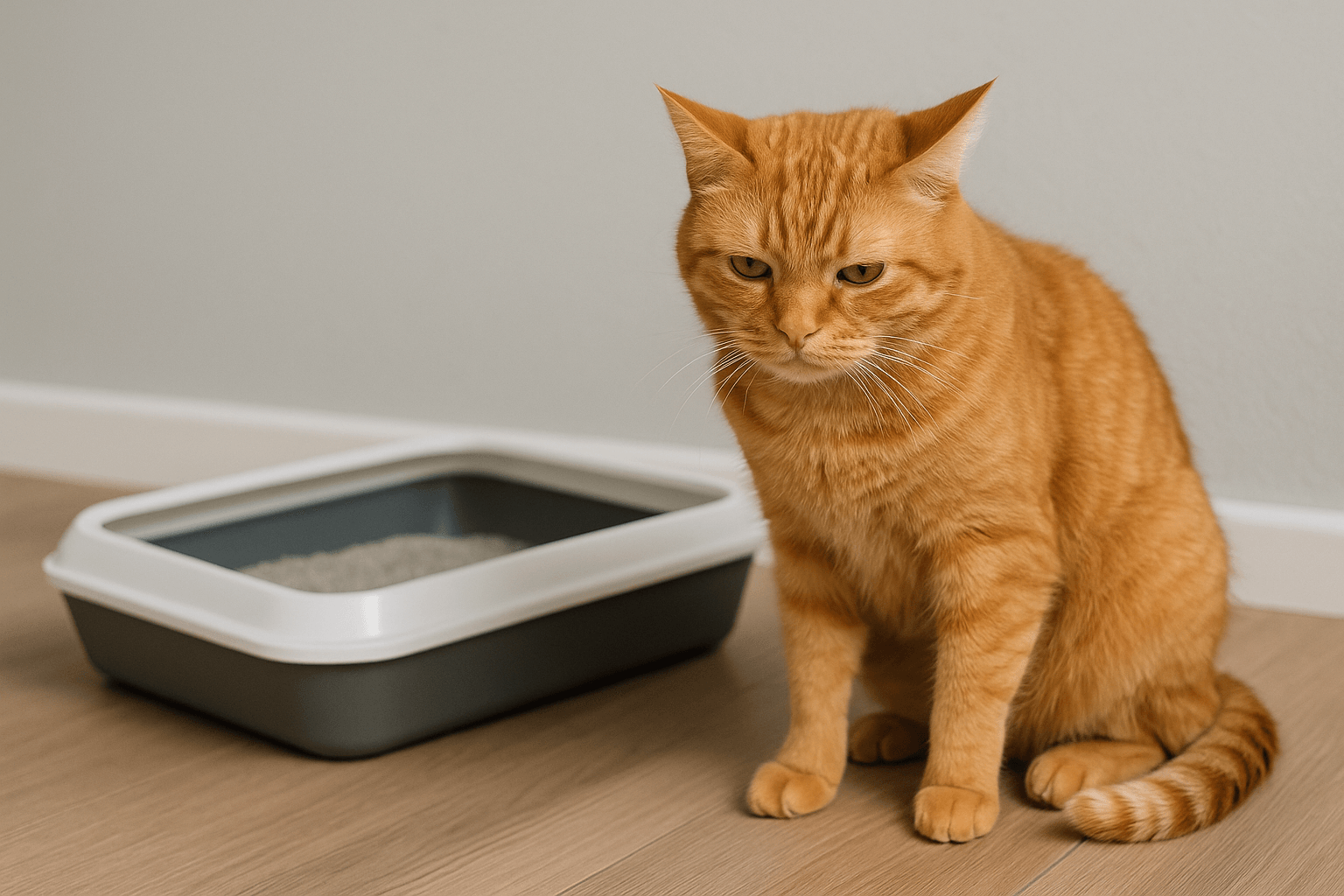Can Cats Eat Sushi?
Cats are naturally curious creatures, and their interest in human food often leads to questions about what they can or cannot eat. One such question that frequently arises is whether cats can eat sushi. While sushi might seem like a simple and healthy option for humans, it’s important to consider its ingredients and potential risks before sharing it with your feline friend. Cats have unique dietary needs as obligate carnivores, meaning they thrive on animal-based proteins but may struggle with certain human foods. In this blog post, we’ll explore the safety of feeding sushi to cats, which ingredients are safe, and how to make informed decisions about their diet.
Potential Risks of Feeding Sushi to Cats
While sushi might look harmless, it contains several ingredients that could pose risks to your cat’s health. Understanding these dangers is crucial to ensure their well-being.
Raw Fish Concerns:
Raw fish in sushi can carry harmful bacteria like Salmonella or parasites, which may affect both your cat and you.High Sodium Content:
Many sushi rolls contain soy sauce or salt, which can lead to dehydration or sodium poisoning in cats if consumed in large amounts.Toxic Ingredients Like Avocado:
Some sushi rolls include avocado, which contains persin—a compound toxic to cats in significant quantities.Rice and Fillers:
Rice is not inherently harmful but offers little nutritional value for cats and can cause digestive upset if overconsumed.Artificial Additives:
Spices, sauces, or artificial flavors used in sushi may irritate your cat’s stomach or even be toxic.
These risks highlight why caution is essential when considering sharing sushi with your cat. Always prioritize their health over curiosity.
Safe Ingredients in Sushi for Cats
Not all components of sushi are dangerous for cats. Some ingredients can even provide nutritional benefits when offered in moderation.
Plain Cooked Fish:
Fish like salmon or tuna, when thoroughly cooked and free of seasonings, can offer protein and omega-3 fatty acids beneficial for your cat’s coat and overall health.Seaweed (Nori):
Nori, the dried seaweed wrapper used in sushi, is safe in small amounts and provides fiber and trace minerals.Cucumber or Carrot Bits:
If included in sushi rolls, plain cucumber or carrot pieces can serve as low-calorie snacks, though they should be finely chopped.Egg (Tamago):
Sweetened egg omelets found in some sushi are generally safe if unsweetened versions are prepared specifically for your cat.No Harmful Additives:
Plain ingredients without spices, sauces, or added sugars are key to ensuring sushi remains safe for your feline companion.
By focusing on these safer options, you can occasionally treat your cat while minimizing risks.
Check this guide 👉Can Cats Eat Chia Seeds? Best 7 Expert Tips!
Check this guide 👉Can Cats Eat Ants? Best 7 Expert Tips!
Check this guide 👉Can Cats Eat Ketchup? Best 7 Expert Tips!
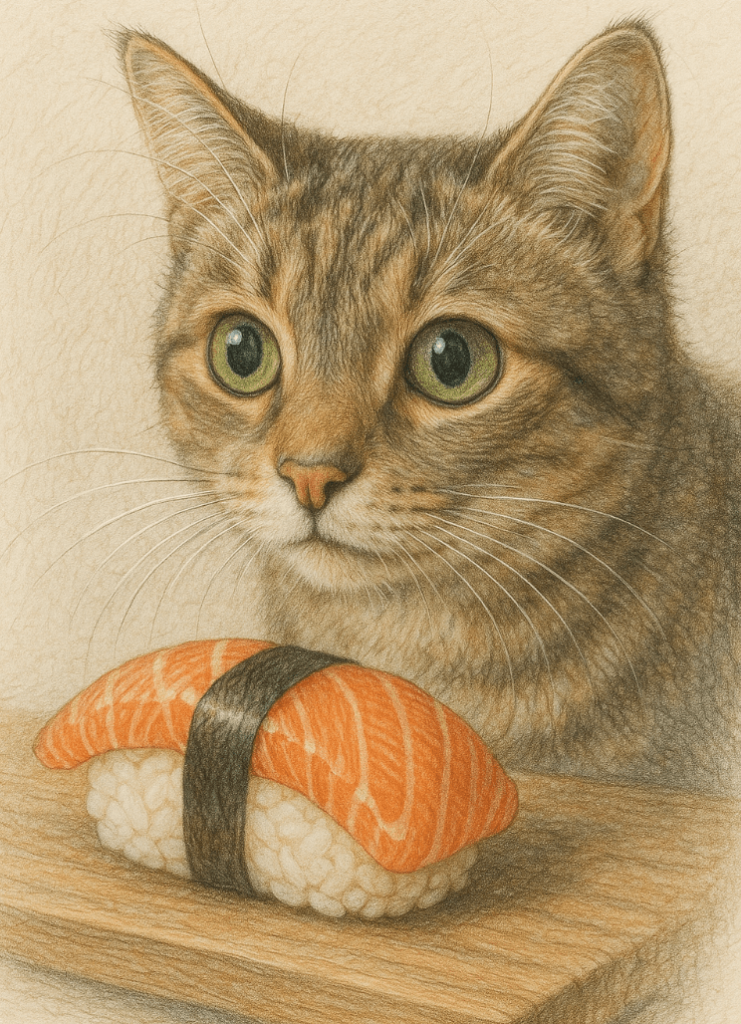
Safe Sushi Ingredients for Cats | Unsafe Sushi Ingredients for Cats |
|---|---|
Plain cooked fish (e.g., salmon) | Raw fish |
Small pieces of nori (seaweed) | Soy sauce or high-sodium sauces |
Finely chopped cucumbers | Avocado |
Unsweetened tamago (egg) | Spicy mayo or artificial additives |
Plain boiled shrimp | Tempura batter or fried elements |
How to Safely Introduce Sushi to Your Cat
If you decide to let your cat try sushi, it’s essential to take precautions to avoid any adverse reactions. Follow these steps to ensure a safe introduction.
Start with Small Portions:
Offer tiny bites of safe ingredients to monitor your cat’s reaction before giving larger amounts.Avoid Raw Ingredients:
Stick to cooked fish and vegetables, avoiding anything raw to reduce the risk of bacteria or parasites.Skip Seasonings and Sauces:
Plain ingredients are always safer; never include soy sauce, wasabi, or sugary toppings.Monitor for Allergic Reactions:
Watch for signs of allergies, such as vomiting, diarrhea, or excessive scratching, after introducing new foods.Consult Your Veterinarian First:
Seek professional advice to confirm that sushi ingredients align with your cat’s specific dietary needs.
By following these guidelines, you can minimize risks while satisfying your cat’s curiosity about sushi.
Signs Your Cat May Be Struggling After Eating Sushi
Even with precautions, complications can arise if your cat consumes unsafe sushi ingredients. Recognizing warning signs allows you to act quickly if something goes wrong.
Vomiting or Diarrhea:
These symptoms may indicate food poisoning or an allergic reaction to an ingredient in the sushi.Excessive Drooling:
Drooling could signal irritation or discomfort caused by spicy or salty components in the sushi.Lethargy or Weakness:
A sudden lack of energy might suggest sodium poisoning or another serious issue.Loss of Appetite:
Refusal to eat after trying sushi could indicate digestive upset or illness.Difficulty Breathing:
This rare but severe symptom may occur if your cat has ingested something highly toxic, requiring immediate veterinary care.
Recognizing these signs early ensures prompt treatment and prevents further complications.
Common Mistakes to Avoid When Feeding Sushi to Cats
Feeding sushi to your cat requires careful consideration to avoid mistakes that could endanger their health. Here are some pitfalls to watch out for.
Offering Raw Fish:
Raw fish is a breeding ground for harmful bacteria and parasites, posing serious risks to your cat’s health.Including Toxic Ingredients:
Ingredients like avocado, garlic, or onion powder can be toxic and should never be fed to cats.Overfeeding Rice or Fillers:
Rice lacks nutritional value for cats and can cause digestive issues if overconsumed.Using Soy Sauce or Spices:
High sodium levels in soy sauce or irritation from spices can harm your cat’s kidneys and stomach.Neglecting Professional Advice:
Skipping a vet consultation can lead to unknowingly harming your cat with inappropriate food choices.
Avoiding these mistakes ensures a safer and healthier experience for your cat.
Alternatives That Mimic the Appeal of Sushi
If you’re hesitant about feeding sushi, there are plenty of alternatives that mimic its appeal without the associated risks.
Cooked Fish Treats:
Plain, boneless, and unseasoned cooked fish like salmon or tuna can satisfy your cat’s craving for seafood.Homemade Cat-Friendly Rolls:
Create “sushi” using safe ingredients like cooked chicken, nori, and mashed pumpkin wrapped together.Freeze-Dried Seafood Snacks:
Commercial freeze-dried fish treats provide flavor without the risks of raw fish.Edible Seaweed Supplements:
Nori or kelp supplements designed for pets offer similar nutrients found in sushi wrappers.Interactive Food Puzzles:
Hide safe treats inside puzzle toys to engage your cat mentally while mimicking the fun of exploring sushi.
These alternatives allow you to cater to your cat’s tastes while keeping them safe.
Understanding Your Cat’s Natural Instincts Around Fish
Cats are naturally drawn to fish due to their evolutionary history as hunters and carnivores. Understanding their instincts helps explain their fascination.
Hunting Behavior:
Wild ancestors of domestic cats often hunted small fish, making seafood appealing to modern cats.Nutrient Seeking:
Fish contains omega-3 fatty acids and protein, which support skin, coat, and muscle health, appealing to a cat’s natural cravings.Strong Sense of Smell:
Cats’ heightened sense of smell makes the aroma of fish irresistible, triggering their desire to investigate.Curiosity Toward Human Foods:
As social animals, cats are naturally curious about what their owners eat, including sushi.Playful Exploration:
The texture and movement of sushi-like foods can pique a cat’s interest, encouraging playful behavior.
By recognizing these behaviors, you can better address your cat’s interests in a safe and controlled manner.
Frequently Asked Questions About Cats and Sushi
Is raw fish in sushi safe for cats?
No, raw fish can harbor bacteria or parasites that harm your cat. Always opt for cooked fish instead.
Can cats eat rice from sushi rolls?
Yes, plain rice is not toxic, but it offers no nutritional value for cats and should be given sparingly.
What about spicy or sweet sushi?
Avoid spicy or sweet sushi entirely, as these ingredients can upset your cat’s stomach or be toxic.
How much sushi can I give my cat?
Limit treats to less than 10% of your cat’s daily caloric intake to maintain a balanced diet.
What should I do if my cat eats unsafe sushi?
Contact your veterinarian immediately to assess the situation and prevent potential health issues.
Prioritizing Your Cat’s Health When Sharing Sushi
While cats may show interest in sushi, it’s essential to approach this delicacy with caution. While some ingredients are safe and even nutritious, others can pose significant risks to your cat’s health. By understanding which components are appropriate and taking steps to introduce them safely, you can indulge your cat’s curiosity without compromising their well-being. Remember, your cat relies on you to make the best dietary choices for them—so always prioritize their health and happiness above all else.
Healthy Cat Teeth vs Unhealthy: Best 7 Expert Tips! Discover how to identify, maintain, and improve your cat’s dental health with expert advice for a happy, pain-free feline.
Understanding Diabetes in Cats: Best 7 Expert Tips! Discover expert advice on managing feline diabetes, from symptoms and diet to treatment and prevention for a healthier, happier cat.
Hypertrophic Cardiomyopathy in Cats: Best 7 Expert Tips! Discover expert advice on symptoms, treatment, and prevention to manage HCM and support your cat’s heart health effectively.
Understanding Cystitis in Cats: Best 7 Expert Tips! Discover causes, symptoms, and expert advice to manage feline cystitis effectively and ensure your cat’s urinary health and comfort.

